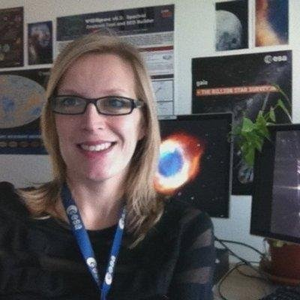Your comments
5 years ago
Dear Philip,
We've released a new version of ESASky and the copy pasting issue should be solved now.
Let us know if you've still any issues.
Best regards,
Deborah
On behalf of the ESASky team
Dear Ming Yang,
This issue is about to be fixed in the next version of ESASky which is planned for release in mid September.
Many thanks,
Deborah
Dear Philip,
This functionality is working for me. Can you tell me what object name you are trying to paste in and also what browser and browser version number you are using so I can try and reproduce the issue? ESASky uses the SIMBAD name resolver, so in theory, any name in SIMBAD should be resolved by ESASky.
Many thanks,
Deborah
Customer support service by UserEcho

